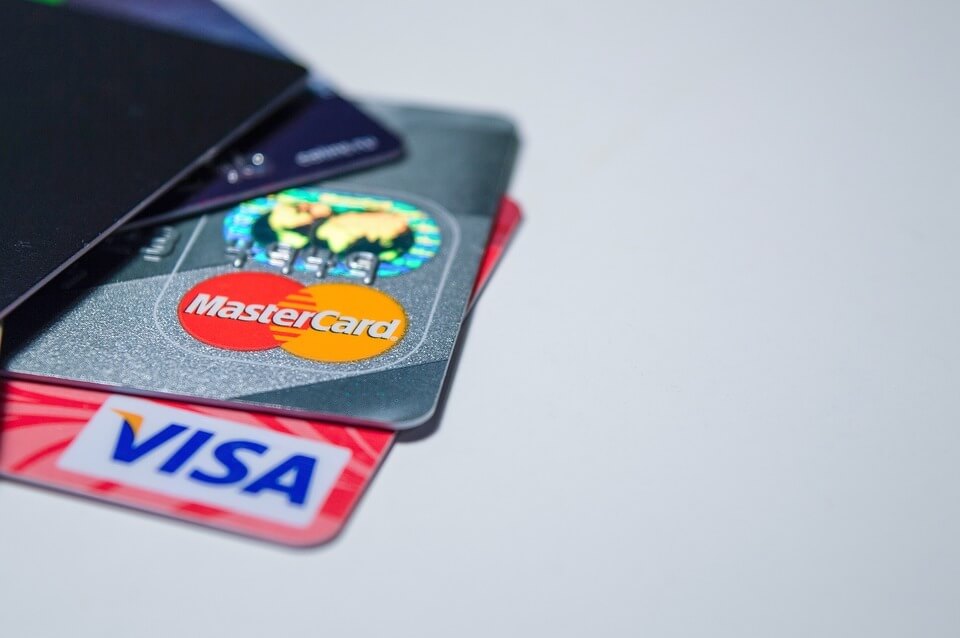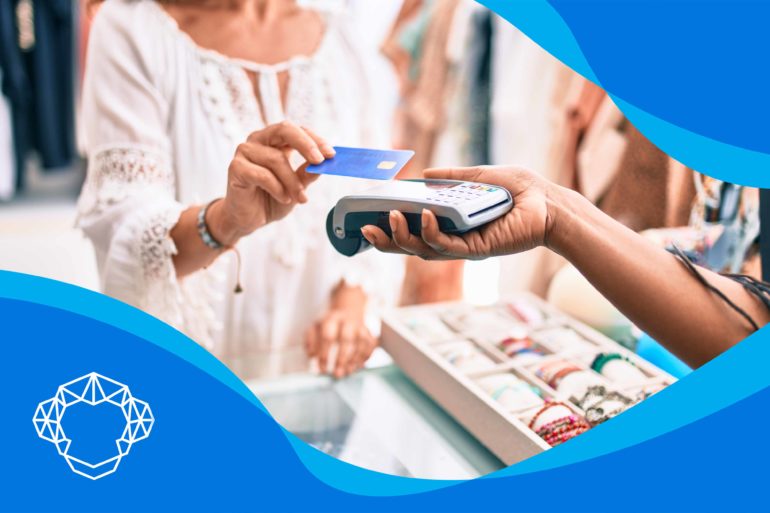Have you opened a small business recently and want to provide your customers with as many payment methods as possible, including the option of paying with plastic? It’s a rational decision given the rise of cashless payments, but you still might be uncertain about how credit card processing works? Even though it might seem complex at first sight, the entire process can be broken into several steps and just a few key participants. Understanding every step is of paramount importance for a business owner.
Among many other things, you would like to know How does credit card processing work? What are the steps of credit card processing? We assume that there are many other questions concerning you right now. Luckily, we are here to address all your key concerns and help you understand every step of the way to the fullest. Let’s start with the principal participants.
How Credit Card Processing Works – Overview of the Key Players
In today’s digital age, credit cards have become an essential part of our everyday lives, revolutionizing the way we make payments. Whether we’re buying groceries, booking flights, or shopping online, credit card processing plays a crucial role in enabling these transactions to take place seamlessly. But have you ever wondered about the intricate process that occurs behind the scenes?
To be able to fully understand all the steps, from authorization to settlement, it is crucial to be familiar with the key participants first. All of the following are essential for this process to run smoothly. More precisely, they are necessary for it to take place to begin with.

It All Starts With the Cardholder
As the name itself suggests, those who own credit or debit cards and use them for buying goods or services are cardholders. The cardholder opens an account with an issuing bank to use the piece of plastic for purchases. When a cardholder presents their credit card to the merchant, the authorization process begins.
Business That Accepts These Type of Payments Has to Have a Merchant Account
Any business that sells either goods or services can be referred to as a merchant. However, only ones that allow customers to use their cards as a form of payment for those goods and services are relevant in this case. In other words, these businesses maintain a merchant account that enables them to accept cards.
The merchant’s point-of-sale (POS) terminal or payment gateway captures the transaction details, including the card number, transaction amount, and merchant identification. The payment processor, equipped with advanced security measures, receives the transaction details and forwards them to the acquiring bank.
Acquiring Bank Is the Link Between the Business Owner and the Issuing Bank
Also called a merchant bank, this institution is the one where merchants or businesses hold their funds. The acquiring bank plays a pivotal role by receiving the transaction request and verifying the card details. Acquiring banks maintain merchants’ accounts and allow their cashless transactions. From here, the merchant’s payment authorization requests are sent to the issuing bank.
Issuing Bank Determines Available Funds
Another rather self-explanatory term – this is an institution that issues credit cards to consumers. But it also has another crucial role – to either approve or decline the transaction depending on the available funds.
Upon receiving the transaction request, the issuing bank conducts a series of checks to validate the cardholder’s account, including available credit and fraud checks. Based on this information, the issuing bank approves or declines the transaction. The authorization response is then sent back to the acquiring bank via the payment processor.
Payment Processor Secures Payment Data
The acquiring bank, acting as the liaison between the payment processor and the merchant, relays the authorization response to the merchant. Sometimes, the acquiring bank is the payment processor, but that’s not necessarily the case. The main role of the processor is to secure the required data and make sure that transactions adhere to the rules set by the Payment Card Industry Data Security Standard.
Card Associations Are There to Support Credit Card Processing
Sometimes referred to as card networks, these associations are partly responsible for setting interchange and assessment fees. They also act as a link between issuing banks and merchants. Some of the most common among these associations are Visa, Mastercard, American Express, and Discover.
First, Consumers Use Their Cards at the Point of Sale
The first step is quite simple – it starts when consumers hand over their cards to the merchant. This might take place in a physical store, but it also refers to an online purchase, in which case the consumer leaves the necessary information on the merchant’s website or through an app.

The Merchant Collects the Necessary Information
Furthermore, the business owner accepts and collects the required payment information and sends a request for authorization. Payments are to be authorized by the processor, which brings us to the following step.

The Processor Allows for Communication Between Parties and Deducts Fees
The primary role of the processor is to send the provided information further on to networks or associations. In addition to that, it is also the one to facilitate communication between all the other participants. Another important role is to deduct credit card fees from transactions when it deposits the funds into the business bank account.

Card Networks Pass the Data to the Consumer’s Bank
These networks are the next in line to carry the originally provided information. The networks such as Visa, Mastercard, and others send the info to the final destination – the consumer’s bank. The aim is to request payment authorization from the issuing bank, which includes the following:
- Payment amount
- Credit card number
- Expiration date
- Security code
- Billing address

The Transaction Needs to Be Allowed by the Consumer’s Bank
When this institution receives the request, it determines whether there are available funds needed to complete the purchase. It also takes additional security measures to make sure the transaction is legitimate.

The Process Ends With the Merchant
When the transaction is processed, the message is then sent back to the merchant the same way it got there, but in reverse. When this is handled in person, a message saying “approved” or “denied” appears on the card reader.

Summary
As you can see, when you follow it step by step, this seemingly complex process is, in fact, rather simple. For any help you need with the business itself, no matter the services you’re providing, it might be best to turn to a professional credit card and merchant service provider.







